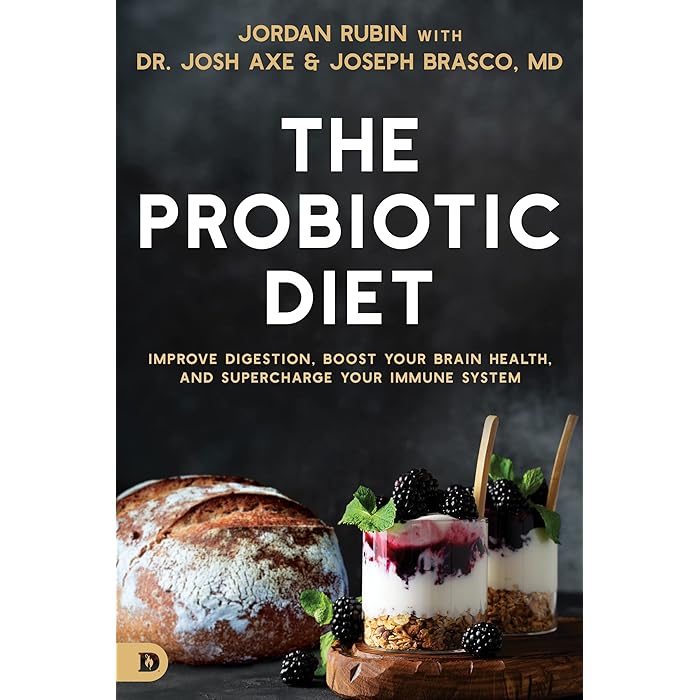Description
The probiotic diet focuses on promoting the intake of foods that are rich in probiotics—live beneficial bacteria that help maintain gut health. Probiotics support the digestive system, enhance immune function, and may improve overall well-being. A probiotic-rich diet typically includes fermented foods that contain naturally occurring bacteria.
Here’s a breakdown of key elements of a probiotic diet:
### 1. **Fermented Foods**
These foods are naturally rich in probiotics, which help increase the diversity of good bacteria in the gut. Common fermented foods include:
– **Yogurt** (especially Greek yogurt or those with live and active cultures)
– **Kefir** (a fermented milk drink with a variety of beneficial bacteria)
– **Sauerkraut** (fermented cabbage)
– **Kimchi** (Korean fermented vegetables, usually cabbage or radishes)
– **Miso** (fermented soybean paste used in soups)
– **Tempeh** (fermented soybeans)
– **Pickles** (fermented cucumbers in brine, not vinegar)
### 2. **Probiotic Supplements**
While food sources are the best way to introduce probiotics, some people may also choose to take probiotic supplements in the form of capsules, tablets, or powders. These can be helpful in maintaining gut health, especially for those who have digestive issues.
### 3. **High-Fiber Foods**
Prebiotics are non-digestible food components that stimulate the growth of beneficial bacteria in the gut. A diet rich in fiber can help nourish probiotics, and foods that contain both prebiotics and probiotics are ideal. High-fiber foods include:
– **Whole grains** (like oats, quinoa, barley)
– **Fruits** (like bananas, apples, berries)
– **Vegetables** (such as onions, garlic, leeks, asparagus)
– **Legumes** (beans, lentils)
### 4. **Diverse Diet**
A variety of plant-based foods, rich in vitamins, minerals, and antioxidants, also promote gut health. A diverse microbiome can improve the effectiveness of probiotics. Consider including:
– **Leafy greens**
– **Berries**
– **Nuts and seeds**
– **Herbs like ginger and turmeric** (which have anti-inflammatory properties)
### 5. **Limiting Processed Foods and Sugar**
Highly processed foods and excessive sugar intake can disrupt the balance of gut bacteria, encouraging the growth of harmful bacteria. For optimal gut health, it’s essential to minimize foods like:
– Sugary snacks and beverages
– Refined carbohydrates
– Excessive alcohol consumption
### 6. **Hydration**
Drinking plenty of water is essential for maintaining a healthy gut lining and facilitating digestion. Water helps in the transportation of nutrients and the elimination of waste, supporting overall gut health.
### Sample Probiotic Diet Plan
– **Breakfast**: Greek yogurt with chia seeds, fresh berries, and a drizzle of honey.
– **Lunch**: A bowl of miso soup with tofu, vegetables, and a side of whole-grain toast with kimchi.
– **Snack**: A small handful of almonds or an apple with peanut butter.
– **Dinner**: Grilled tempeh with a salad of leafy greens, avocado, and sauerkraut.
– **Beverages**: Kefir smoothie with spinach, banana, and a spoonful of flaxseeds.
### Additional Tips:
– **Gradually introduce probiotics**: If you are new to probiotics, start slowly to allow your digestive system to adjust.
– **Consistency**: Regularly include probiotic-rich foods in your diet to maintain gut health.





Reviews
There are no reviews yet.